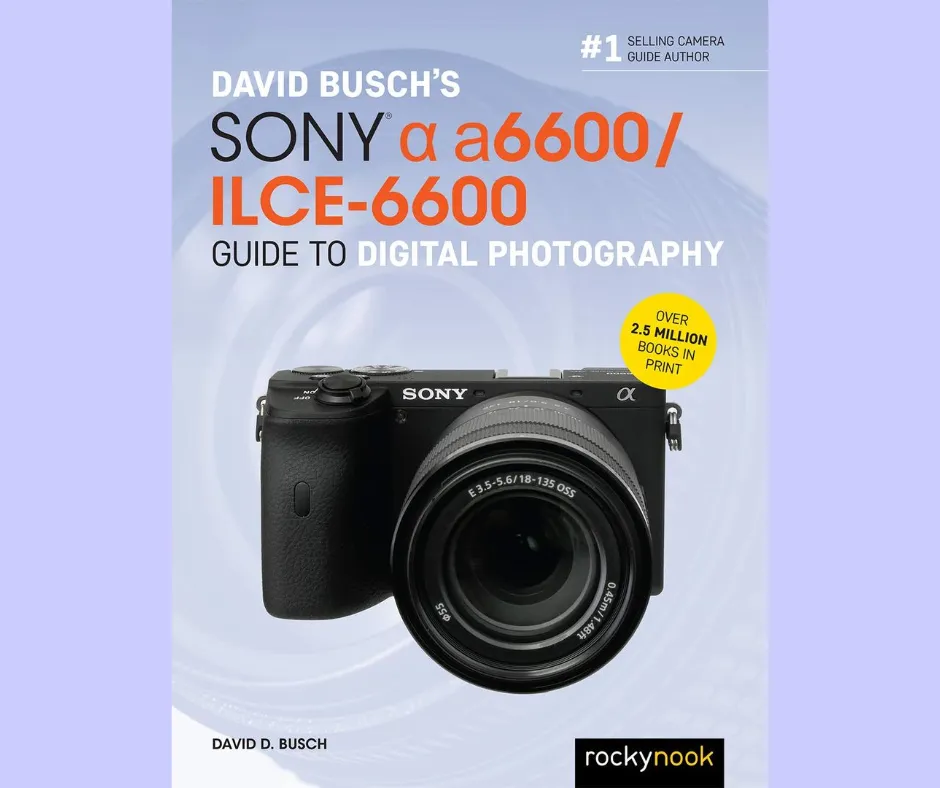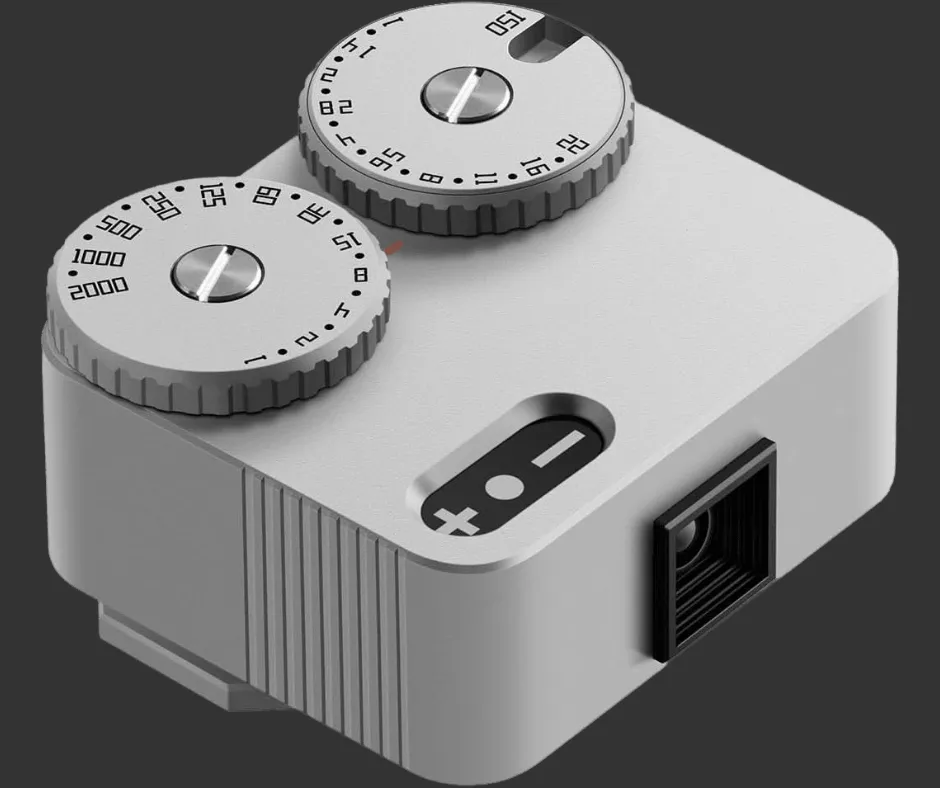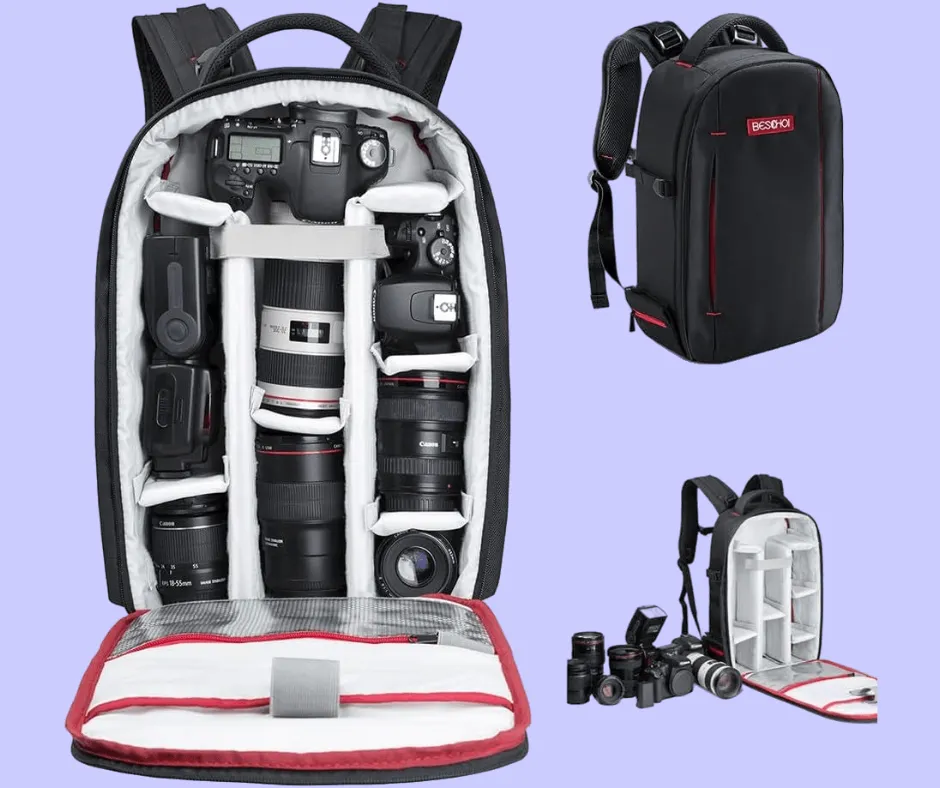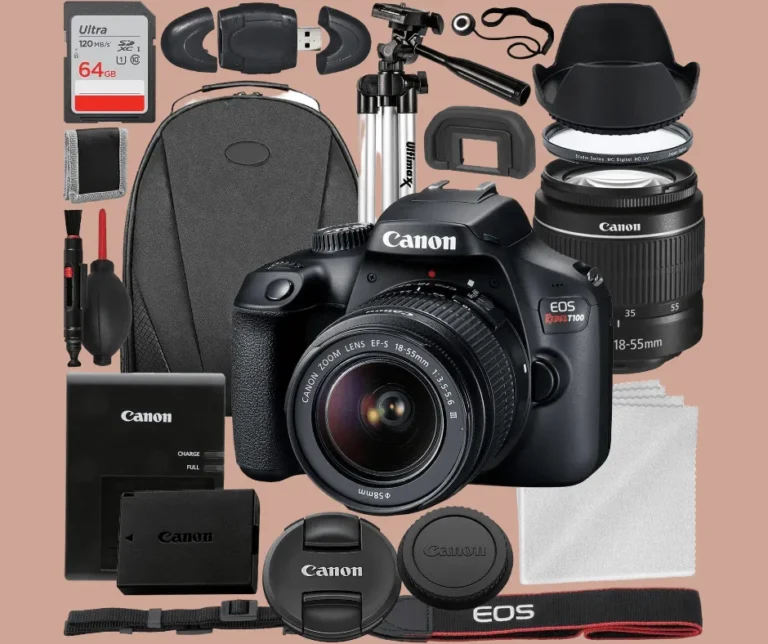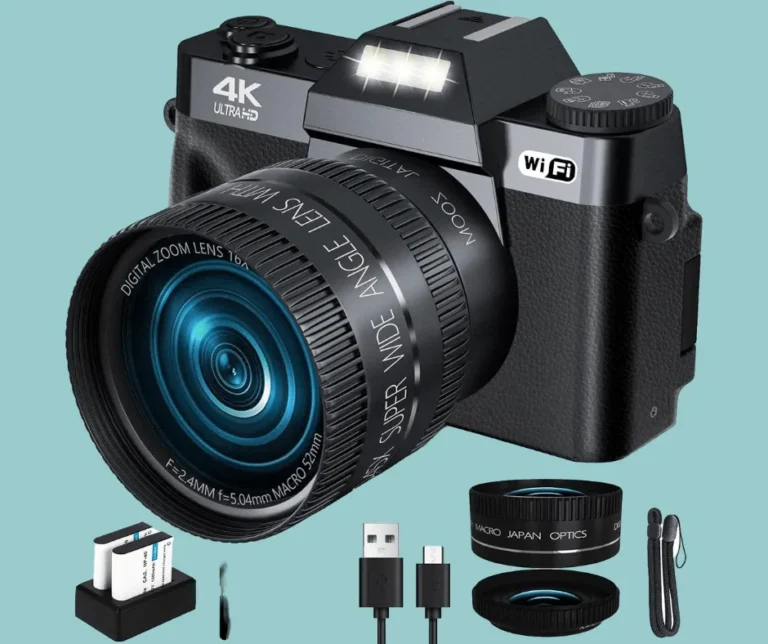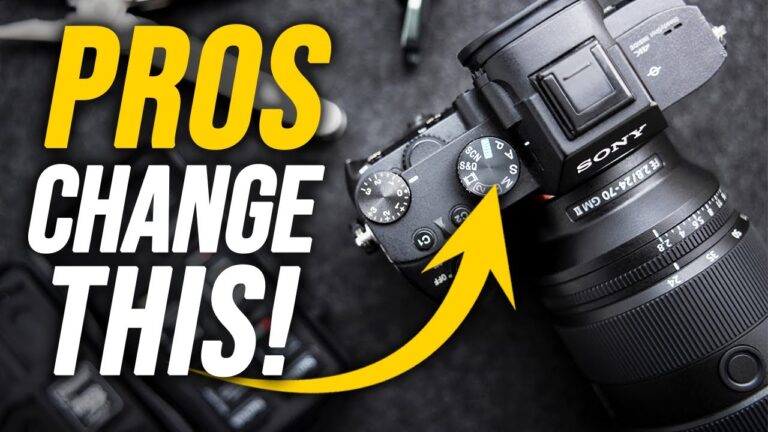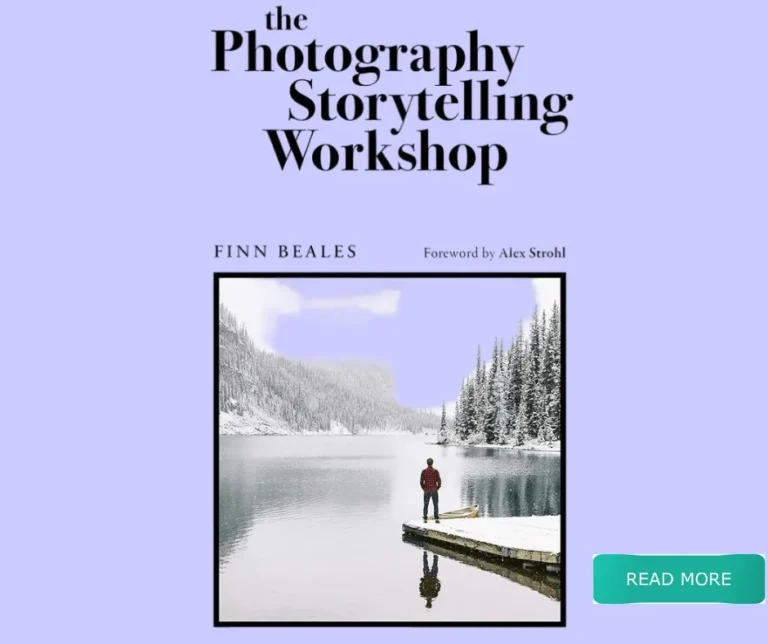The Ultimate Guide to Amateur Photography: Tips, Tricks, and Techniques
Are you eager to capture breathtaking moments and turn them into timeless photographs?
Amateur photography offers a gateway to experiencing the world through a lens, and the possibilities for creative expression are endless.
Whether you’re just starting or looking to enhance your skills, this ultimate guide to amateur photography will equip you with the tips, tricks, and techniques you need to master the art of capturing stunning images.
Amateur photography is a rewarding endeavor that allows individuals to express their unique perspective and creativity through visual storytelling.
From understanding the technical aspects of photography to mastering composition and exploring different genres, there is a wide array of skills and knowledge to be gained.
This comprehensive guide will take you through the essential photography skills, gear selection, different types of amateur photography, ways to improve your skills, and methods for sharing and utilizing your work.
Join us as we delve into the world of amateur photography, uncovering the secrets to capturing captivating images and discovering how to take your photography to the next level.
Whether you’re aiming to improve your hobby or considering a career in photography, this guide has something for everyone looking to make a mark in the captivating realm of amateur photography.
Table of Contents
Benefits of Amateur Photography
Amateur photography is not just about capturing moments, it’s a journey of passion and creativity.
With no pressure to monetize every snapshot, amateur photographers revel in the pure joy of taking photos.
The craft serves as an excellent avenue for self-expression and personal development, artistically nurturing one’s vision and skills.
The possibility of exploring diverse subjects and styles leads to an eclectic portfolio, reflective of individual growth and exploration.
Being an amateur photographer is akin to having a key to a world of relaxation and mindfulness; it’s therapy through the lens, focusing on the ‘now’ and finding solace in the creative process.
It’s a sanctum where stress dissipates as one gets lost in framing the perfect shot.
Furthermore, photography forges connections, creating communities and friendships rooted in shared passions.
These groups become treasure troves of shared knowledge and collective experiences, invaluable for an amateur photographer’s growth.
By appreciating the solitary pursuit mixed with communal engagement, amateur photography not only hones artistic skills but also enriches life socially and emotionally.
Benefits of Amateur Photography
- Creative Outlet
- Personal Growth
- Diverse Portfolio
- Mindfulness and Relaxation
- Community and Networking
Whether it’s about refining your eye for detail or simply capturing life’s fleeting moments, amateur photography is a rewarding endeavor on multiple fronts.
Essential Photography Skills for Amateurs
To excel in the art of photography, whether it be portrait, landscape, or any other type of photography, a solid grasp of both artistic and technical skills is paramount.
Amateur photographers should pay close attention to learning about shutter speed and aperture—a duo that is foundational to the craft.
Mastering these elements allows photographers to play with light and motion, thereby enhancing visual storytelling within their images.
Alongside technical mastery, composition skills rank high among essentials.
Knowing where to place your subject or how to frame a scene can transform a mundane shot into a captivating story.
It is precisely the knowledge of photography compositional rules that distinguishes seasoned photographers from novices who tend to center their subjects by default.
Finally, the transition to manual mode should not be seen as daunting but as a rite of passage for amateur photographers aiming for professional photographer status.
Manual mode unlocks a new realm of creative control, allowing for a tailored approach to each unique scene.
By discerning how changes in settings correlate with visual output, amateurs can refine their shots to produce high-quality photos that resonate with their creative intent.
Understanding Shutter Speed and Aperture
Shutter speed and aperture are the yin and yang of exposure, essential for capturing images that breathe life.
Shutter speed controls how long the camera’s shutter remains open, allowing light to hit the sensor.
Conveying motion, from freezing a fast-paced sports shot with a high shutter speed to capturing the serene blur of water with a low shutter speed, is one of its powers.
On the other hand, aperture size, marked by f-stop values, dictates the volume of light entering the lens and impacts the image’s depth of field.
A wide aperture (low f-stop number) melts away distractions into a soft background blur, while a narrow aperture (high f-stop number) brings everything into sharp focus, from foreground to horizon.
Together, these two elements not only decide the amount of light that reaches the sensor but also shape the aesthetic quality of the photograph.
Knowing how to balance them in various lighting conditions is a critical skill for any amateur photographer wishing to elevate their craft.
Tips for Improving Composition
Composition can be the defining factor that turns a photo from simply functional to fascinating.
The Rule of Thirds is a foundational guideline that assists in achieving a well-balanced composition, urging photographers to mentally divide the frame into a grid and position their subjects off-center.
This simple adjustment away from the instinctive central placement piques visual interest and creates harmony within the image.
However, composition extends beyond the rule of thirds; it encompasses the deliberate placement of all elements within the frame.
It’s a dance of arranging subjects, background objects, and negative spaces that contribute to the overall feel of the photograph.
Therefore, practicing different compositional techniques can immensely improve the aesthetic value of images captured by an amateur photographer.
Utilizing Manual Mode
Veering away from automatic modes and venturing into manual mode may seem challenging at first, but it’s an empowering step towards capturing evocative, high-quality photos.
Manual mode offers complete creative autonomy over the photography process, allowing photographers to make precise adjustments to shutter speed, aperture, and ISO.
Embracing manual mode signifies a deeper engagement with the technical aspects of photography.
It fosters a better understanding of how light behaves and how camera settings can manipulate it to achieve the desired results.
As amateurs grow comfortable with making these adjustments, they develop a sharpened sense of control over their environment, which is crucial not only for artistic pursuits but potentially for starting a photography business or foraying into professional photography realms such as stock photography sites, portrait photography, or event photography.
Through dedication to mastering these skills, amateur photographers can build the confidence and versatility required to expand their repertoire and possibly turn their passion into a successful freelance photography career.
Choosing the Right Gear for Amateur Photography
Embarking on the journey of amateur photography involves more than just passion; it necessitates the right gear to transform vision into stunning, high-quality photos.
While a high-resolution full-frame sensor and features like advanced autofocus and Wi-Fi connectivity simplify the image-capturing process, it’s essential to consider equipment thoughtfully to ensure it aligns with your photographic goals and enhances your growing skill set.
A DSLR with interchangeable lenses stands as a cornerstone for any amateur looking to progress and emulate professional photography standards.
Not only does it allow for versatility across various types of photography, from portrait to landscape, but it also paves the way for a deeper exploration of photographic techniques.
Moreover, understanding camera exposure is foundational; however, gear with the right specs lifts the potential quality of your results, making the investment into suitable equipment worthwhile.
When choosing your gear, evaluate their functionality—factors such as the presence of a pop-up flash, image stabilization, and sensor size—should align with the photography you intend to pursue.
While budget constraints are real, the investment in gear should be viewed as a step toward achieving your photographic aspirations.
Selecting the Best Camera for Your Budget
As an amateur photographer, your budget should guide, but not limit, your camera choice.
Starting with an entry-level Nikon or Canon camera is widely recommended for their ease of use, accessibility, and expansive range of compatible lenses and accessories.
These brands offer options that cater to varying budgetary considerations without compromising on the quality too much.
Film enthusiasts might consider something like the Olympus MJU II for its compact size and bright lens, though it does come at a premium.
Alternatively, budget point-and-shoot film cameras, such as the Pentax PC-550, can be acquired for around £20.
In all cases, it is critical to avoid the allure of over-investing in gear that exceeds your current understanding or immediate needs.
It’s far more beneficial to grow your knowledge and skills incrementally alongside your equipment upgrades.
Memory Cards and Storage Options
Memory cards are the unsung heroes of digital photography, serving as the repositories for your captured moments.
Professional photographers lean towards cards like the SanDisk Extreme Pro to handle high-resolution images and larger file sizes.
For amateurs, it’s advisable to choose a memory card that offers a balance between capacity, speed, and durability within your budget.
External hard drives then become a mandatory aspect of your kit for backing up and storing your burgeoning library of images.
These should provide ample storage capacity, reliable backup solutions, and fast data transfer rates.
Remember, when shooting events or extended sessions, having backup camera bodies, additional batteries, and extra memory cards is indispensable to prevent any interruption due to equipment failure—especially considering the storage demands of high-capacity cards.
Understanding Different Lenses and Their Uses
Lenses are the eyes of your camera, and understanding their characteristics is pivotal for achieving the images you envision.
A lens influences many aspects of a photo—sharpness, distortion, bokeh, and perspective.
Here’s a quick guide:
- Wide Aperture Lenses: Ideal for low-light conditions and creating a shallow depth of field with a pleasing bokeh effect, which isolates the subject from the background.
- Telephoto Lenses: Capture distant subjects with sharpness or employ a compressed perspective for dramatic effect.
- Macro Lenses: For close-up photography, allowing for the capture of minute details and textures with life-size magnification.
- Tilt-Shift Lenses: Control the focus plane and correct perspective distortion, invaluable for architectural and product photography.
Understanding the implications of using different lenses will elevate your captures and give you greater creative freedom to play with composition, focus, and storytelling in your photography.
Exploring Different Types of Amateur Photography
Embarking on the amateur photography adventure offers a kaleidoscope of genres to explore, each with its own charm, techniques, and intricacies.
Navigating through styles like portrait, landscape, and street photography, enthusiasts can stretch their creative muscles and refine their photography skills, crafting a unique signature that reflects their artistic vision.
The flexibility and experimental nature of amateur photography make it an ideal platform for personal growth and expression.
Whether capturing the stillness and beauty of a scenic vista, the fleeting expressions of a street performer, or the intimate gaze of a portrait subject, the avenues are endless for photographers to express their perception of the world around them.
Portrait Photography
Portrait photography is a genre that seeks to encapsulate the essence of a person or group of people through the artful manipulation of lighting, backdrops, and camera settings, such as a low f-stop number like f/5.
6 to f/8, to achieve a blurred background that emphasizes the subject.
Amateur photographers aspiring to master portrait photography must develop a personal connection, which is vital in acquiring clients.
Portrait photography tips:
- Use a low f-stop number to blur the background and focus on the subject.
- Establish a personal connection with clients, ensuring trust and repeat business.
- Market your services effectively to stand out; strong personal branding can attract attention.
- Zoom in with a low f-stop number to enhance background blur and magnify your subject.
- Network with local organizations to discover new opportunities and expand your client base.
Landscape Photography
Landscape photography beckons with its invitation to capture the grandeur of nature, from majestic mountains to tranquil lakes.
This genre rewards patience and a keen compositional eye, with photographers often following the footsteps of legends like Ansel Adams, whose work sets a towering benchmark in the field.
Enthusiasts also have the chance to get noticed by specializing and entering competitions devoted to landscape photography.
Landscape photography insights:
- Capture the beauty of natural environments with attention to composition and lighting.
- Study the work of renowned photographers like Ansel Adams to learn techniques and find inspiration.
- Specialize in landscape photography to carve out a niche in a competitive market.
- Take advantage of photography competitions to gain recognition and build your portfolio.
- Embrace the outdoors and patience required to catch nature’s most captivating moments.
Street Photography
Street photography, an arena of spontaneity and human narrative, offers amateurs the intrigue of chronicling candid life in urban landscapes.
Mastery of composition, adept timing, and quick reflexes define the expertise needed in this genre.
Street photographers often opt for wide-angle lenses and choose black and white formats to enhance the emotional and dramatic impact of their images.
Street photography essentials:
- Capture candid, unscripted moments that offer a glimpse into daily life and human connections.
- Employ composition and timing to produce impactful and storytelling images.
- Use wide-angle lenses to frame a broader perspective of busy urban scenes.
- Consider shooting in black and white to add drama and atmosphere to street scenes.
- Be discreet and observant, ready to snap authentic moments as they unfold.
Each type of photography presents an enlightening journey into different aspects of life and creativity.
For the passionate amateur, these genres provide both challenge and reward, paving the way for development and the eventual distinction of one’s photographic signature.
Improving Your Photography Skills
Improving your photography skills is akin to embarking on a grand voyage of creative discovery.
Wider-angle frames and perspective shots are not merely a press of a button but are achieved by physically distancing oneself from the subject.
This movement implores you to think about the composition and sparks ingenuity in your frame crafting.
High-resolution cameras serve as your faithful companion in this journey, empowering you to crop and resize images without fearing a loss in quality.
This is invaluable during post-processing, where sometimes the magic lies in the details cropped into prominence.
The adage of practice makes perfect holds true in photography as well.
There’s no substitute to picking up your camera and capturing the world as often as possible.
Over time, you’ll see the fruits of consistent practice in the refinement of your photography skills.
For those drawn to the allure of film, analogue photography beckons.
The deliberate nature of film can teach you to compose with intention and to embrace each shot’s unique, soulful quality.
Whether digital or analog, experimenting with different disciplines, studying the nuances of art, and delving deep into the understanding of lighting can elevate the amateur to new heights.
Improving photographic aptitude means never standing still—both figuratively and literally.
Keep moving, changing angles, and seeking fresh perspectives.
The Rule of Thirds, a fundamental tactic, breaks the frame into thirds, guiding where to position elements for dynamic compositions.
This principle, recommended by experts, including Digital Photography School, encourages the eye to roam and engage with an image naturally.
Finding Inspiration and Creative Ideas
The quest for photographic inspiration is uniquely personal.
For many, it begins with an intersection of photography and existing passions.
If travel sends your heart racing, then capturing sweeping landscapes or bustling city streets can become your muse.
For the athletically inclined, the dynamic tension and motion in sports photography might electrify your creative spirit.
Often, it’s the ordinary transformed into the extraordinary that ignites the photographic flame—finding the beauty in everyday moments and objects that others might overlook.
It’s about utilizing your personal interests as a catalyst for creativity and development.
Learning from Professional Photographers and Online Resources
One of the most efficient ways to sharpen your skills as an amateur photographer is to engage with the knowledge and experiences of professional photographers.
Online classes and workshops offer a plethora of advice, techniques, and personalized feedback that is invaluable for novices.
Investing in mid-range camera bodies and quality used lenses can elevate your photography without breaking the bank.
Prime lenses like a 35mm f/1.
8 or 50mm f/1.
8 are frequently lauded for their superior optics at modest prices, making them ideal companions for beginners.
The internet has also democratized learning.
With a wealth of online photography courses, novices can study at their own pace and engage in forums where critiques on their work foster improvement.
Making the Most of Digital Photography School and Other Educational Tools
The journey of improving your photography prowess is bolstered significantly by leveraging educational tools.
Platforms like Digital Photography School offer comprehensive coverage of equipment, composition, editing techniques, and styles, serving as a lighthouse guiding your photographic development.
These resources encourage you to try different compositions, like utilizing the Rule of Thirds, and challenge you to break away from comfort zones, inspiring varied angles and novel vantages.
The ability to self-educate through such resources demands dedication but promises a rewarding evolution of one’s photography skills.
Lastly, remember, the path to professional photography is paved through the bricks of continuous learning, curiosity, and a tenacious spirit.
Armed with your camera, an open mind, and a treasure trove of resources, the route from amateur to artist is just a shutter click away.
Sharing and Utilizing Your Amateur Photography
In today’s digital era, sharing and utilizing photography has never been easier for amateur photographers.
By creating an online presence and showcasing your work, you can transform your passion into a potential source of income and influence within the photography community.
Building a Portfolio and Online Presence
The journey of an amateur photographer often begins with the development of a cohesive, well-curated portfolio.
This collection of your best work serves as the digital handshake between you and your audience or potential clients.
To make your photographs stand out, it is critical to select a platform that complements your style and simplifies the process of displaying your images.
Strikingly, for instance, offers user-friendly website-building tools that make it easy for photographers to create a professional-looking online portfolio without needing any coding knowledge.
Your online presence is more than just a portfolio; it’s your brand.
To nurture this, consistently document your photography adventures, learning experiences with new gear, and other milestones on photography blogs and platforms like Picture Correct.
Sharing insights and learning moments not only engages viewers but also helps establish you as a relatable figure in the photography field.
Exploring Stock Photography Sites and Selling Your Images
Amateur photographers can also monetize their passion by submitting images to stock photography sites.
While the pay-per-download may be modest, with often just a few cents per image, successful stock photographers understand that the key to generating significant income lies in volume.
Having a vast library of high-quality photos across various types of photography increases the likelihood of downloads and long-term revenue.
However, stock photography is a long game that requires patience and persistence.
To succeed, you must upload thousands of images and continuously add fresh content to keep your portfolio relevant and attractive to buyers.
Considering a Career in Photography or Freelance Work
Turning amateur photography into a full-blown career takes courage and dedication.
Freelance photography, while rewarding, often requires a financial safety net to cover the initial years spent fostering a stable income, which can take an average of 3-5 years.
Research local photography packages and pricing to competitively position yourself in the market, and remember that networking with friends, family, and business owners is essential for growth.
For those aspiring to have a photography business, it’s important to understand that a distinction exists between amateur and professional photography.
A professional must not only produce high-quality photos consistently but also manage the business side efficiently.
Starting a career in professional photography is not only viable, but it can also be profitable.
Photographers need to be open to embracing new experiences and pushing their boundaries.
Moreover, entering contests and seizing opportunities to showcase your skill can lead to unexpected wins, both in terms of recognition and potential prize money.
In conclusion, as an amateur photographer, the possibilities are boundless.
From building an online portfolio to exploring stock image sites or even considering a career in freelance or professional photography, the options to share and utilize your photography are plentiful.
With the right approach, driven by passion, creativity and determination, your journey in photography can evolve from a hobby to a profitable venture.

